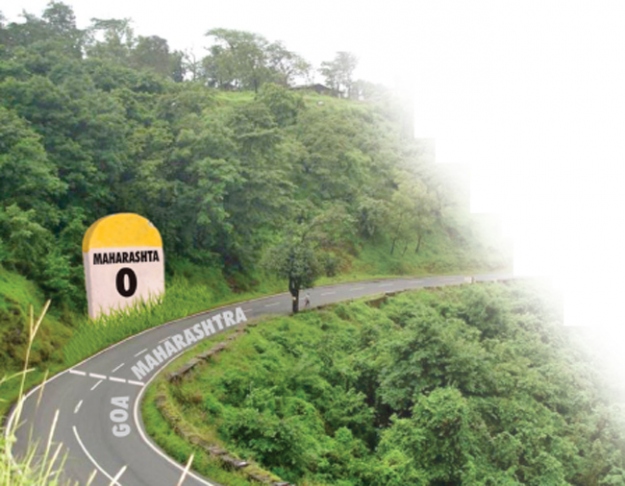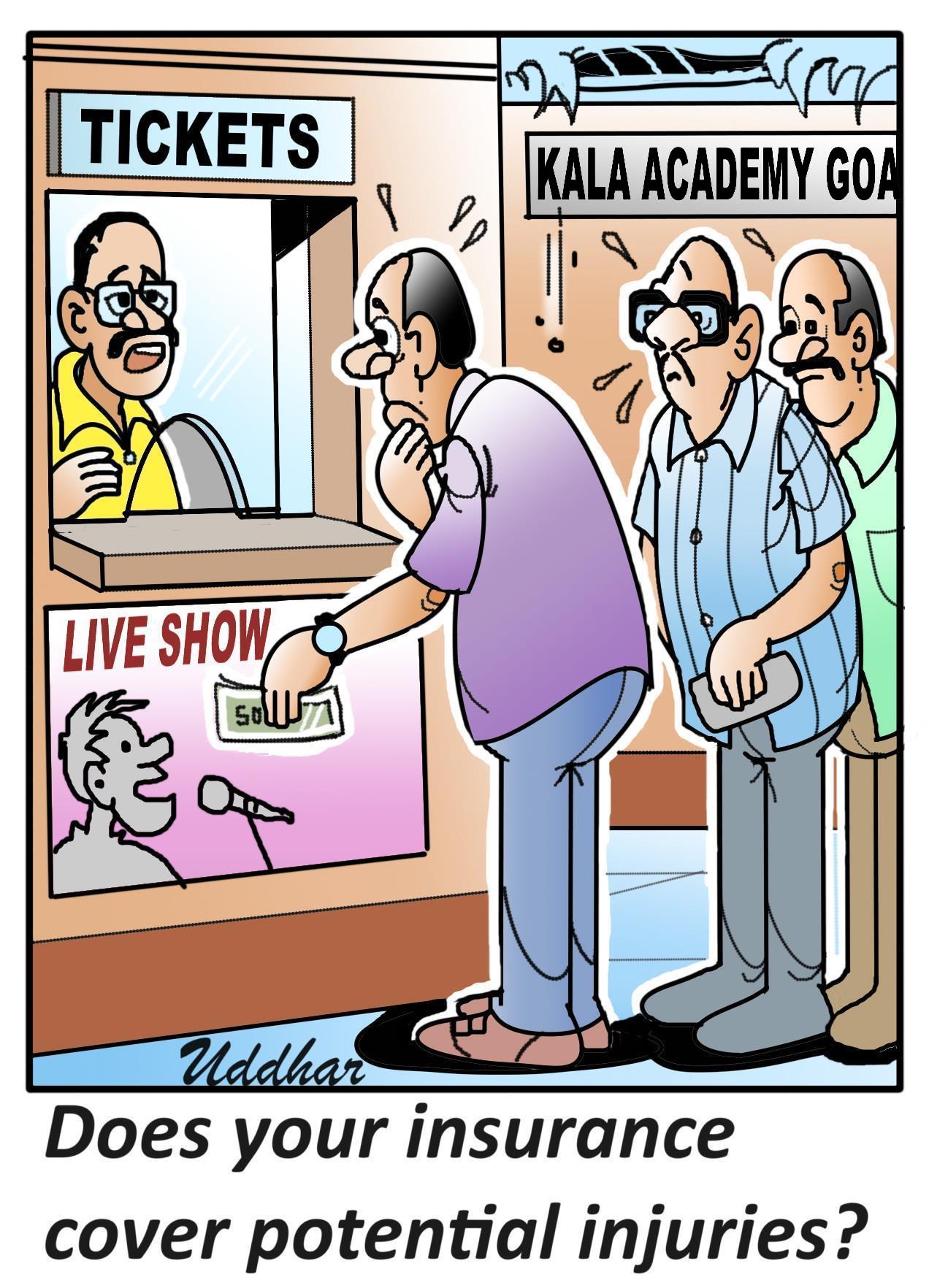16 Jan 2015 | 12:40am IST
Almost split down the middle, but Goa finally won it. FOR GOA
History is hungry. It gets its sustenance not just from chronicling but re- chronicling. While the events that led up to the opinion poll – an unique referendum through which Goans decided on their destiny – has been vividly recorded, it is important, in its 48th year, that those who witnessed it then, look back, and those who did not or do not remember do so too. Even 48 years after Goans won the identity battle for themselves and voted to stand out and stand up, it is often at war with its own self as it battles issues of land and identity. Therefore, it becomes vital that today’s Goans revisit the events of early 1967 and the role played by those who fought to make Goans in charge of their own destiny
ALEXANDRE MONIZ BARBOSA
Perhaps the biggest challenge Goa faced after Liberation was ‘what to do with itself’. The ideas thrown about were many – Merger with Maharashtra, merger with Karnataka, statehood, and a miniscule group even advocated independence. The MGP’s election victory gave the pro-merger groups a massive impetus. To many of them the election verdict implied the people saying they wanted to be part of Maharashtra. The resolution adopted by the Assembly on January 27, 1965, seeking the merger of Goa with Maharashtra awakened the anti-merger group to the possibility that the House, with a pro-merger majority, could at any time allow Goa to be swallowed by its neighbour. Some researchers do suggest that had it not been for the war with Pakistan at that time, the Union government might have acted upon this resolution and Goa could have today been a district of Maharashtra.
In order to allow the people to decide their own future, the Centre had to be convinced that the election victory of the MGP in no manner signified that the people had voted for Goa to be merged with Maharashtra. It wasn’t easy, though the Indian government had announced even before Liberation that the people of Goa would be consulted in deciding the future of the territory. Pondicherry that had been a French colony, had already been recognized by the government in New Delhi as requiring special treatment. That a system on similar lines would be made available for Goa was announced by the Centre and the Congress election manifesto for the first Goa elections had made it clear that it would be the people of Goa who would decide the future of their land. Prime Minister Pandit Jawaharlal Nehru had announced that Goa would continue a Union territory for at least a decade before it would decide its future through a referendum. He said this at a public meeting in Goa.
Getting it done though wasn’t easy and it was the United Goans Party (UGP) and Dr Jack Sequeira who can mainly take the credit for getting the Opinion Poll held in Goa on January 16, 1967. Dr Sequeira, accompanied by party MLAs, met Nehru in New Delhi and put forth their arguments for a referendum. When Nehru died, the MGP MLAs met his successor Lal Bahadur Shastri and attempted to convince him that merger should be decided by the Goa Assembly and not by a referendum. This was opposed by the UGP which met Shastri in Bangalore at an AICC session. It was finally Indira Gandhi who, after the death of Shastri in 1966, took the decision on holding the referendum.
The Goa, Daman and Diu (Opinion Poll) Act was enacted giving Goa two choices – merger of Goa with Maharashtra and of Daman and Diu with Gujarat, or continuance as a Union Territory. There were those who wanted a third option of separate statehood, but this was not provided for in the Act. This led to the UGP breaking up, with a splinter group led by Alvaro de Loyola Furtado emerging onto the scene. Supplementing the UGP force in Goa was the Congress that joined forces against the merger groups.
In order to ensure that the poll was ‘free and fair’, and conceding to the demands of the UGP and others, the Union government dismissed the Dayanand Bandodkar government, dissolved the assembly and imposed President’s Rule in Goa. The stage was set for a referendum that would decide not who would govern for the next five years, but the future of Goa for generations and centuries to come.
The arguments in favour of merger were that Goa’s historical, cultural and religious ties with Maharashtra went back centuries, that many Goans had made Bombay their home, that the language, script, literature, folklore were common as were social and religious customs. Goa’s tiny size was also projected as a disadvantage for administration and development. Another factor that played a major role in the campaign and vote was the belief by the classes that were oppressed during the Portuguese rule that by voting to merge with Maharashtra they would be breaking loose from the dominance of the Hindu Brahmins and the Catholics, both classes that were seen as having benefitted from the Portuguese rule.
On the other hand the anti-merger groups put forth their arguments towards retaining Union Territory status. The main issue for this group was identity and language. They convincingly argued that Konkani was an independent language and that the Goan identity was connected to this language. Hence Goa had its own individuality and characteristics, and that these had to be preserved. Merger would result with Goan identity being subsumed by Marathi culture and the land would be nothing but a backwater district of Maharashtra.
Countering this, Maharashtra promised that once merged, Goa would be granted special status until it attained the level of development of the rest of the State. Maharashtra leaders promising Goa various sops, as long as it voted to merge with the larger state, bolstered the MGP’s campaign with visits to the territory. Maharahstra’s then chief minister Vasantrao P Naik too campaigned in Goa.
The Union Territory campaign was taken to the masses not just by the UGP leaders, but Konkani writers, protagonists and tiatrists. While Dr Sequeira and his UGP spearheaded the campaign, Konkani stalwarts including writers Dr Manoharrai Sardesai, Shankar Bhandari and Adv Uday Bhembre worked hard to retain the Goan identity as did Ulhas Buyão with his songs especially Goenchea Mhojea Goenkaramno, which almost became the theme song of the campaign. The media too played a major role with newspapers either taking a stand for merger or against merger.
On polling day, 3,17,633 of the registered 3,88,432 voters queued up outside the polling stations. When the final count was in, crackers, cheers, and music rent the air as 1,72,191 people had voted to retain Union Territory status as against 1,38,170 who voted to merge with Maharashtra. The anti-merger lobby had won by 34,021 votes, getting 54.20% of the vote. A decision had been taken and it was respected by all.
Even a cursory glance at the voting pattern would show that broadly the people had repeated the way they voted in the 1963 election. Some of the constituencies were so vertically divided that Sanguem, one of the novas conquistas, voted for Union Territory status by a majority of just six votes. Besides Sanguem, the other two constituencies from the novas conquistas that voted to retain Union Territory status for Goa were Quepem and Curchorem. All three constituencies adjoin each other and are located in the eastern part of Goa. Just two constituencies from the velhas conquistas voted for merger, they were Tivim and Cumbharjua, which have large areas that are populated by the majority community.
However, without a large section of MGP voters having voted against merger, this would not have happened. The vote reconfirmed what the 1963 elections had shown – that Goa was largely divided on the communal lines and that the Portuguese rule had built a wall between the two communities that would take years, if not decades, to break down.
(Alexandre Moniz Barbosa is Executive Editor Herald and an accomplished author. This article is an excerpt from his book ‘Goa Rewound’)

